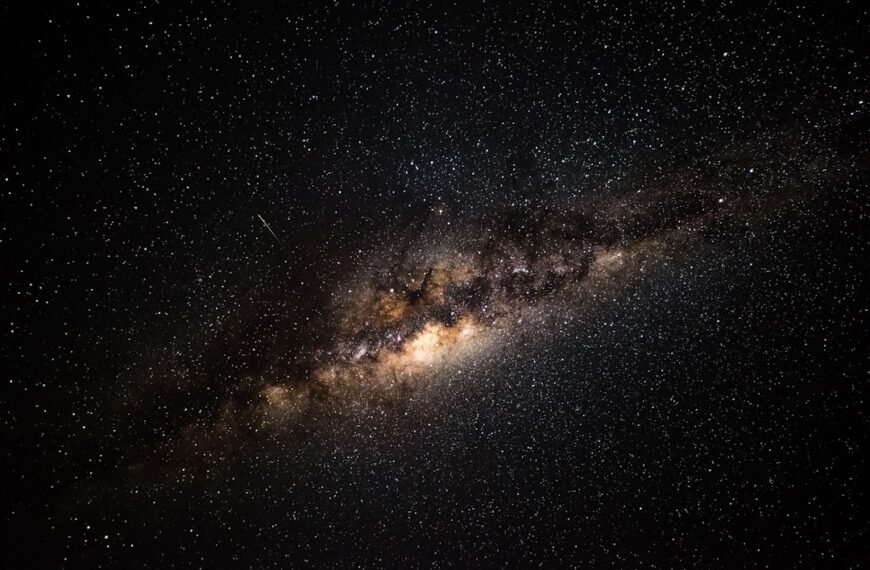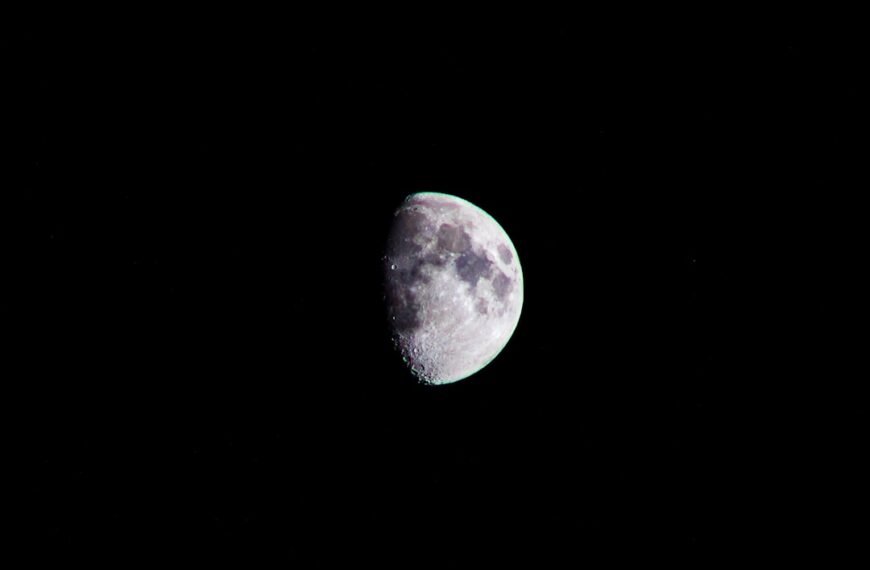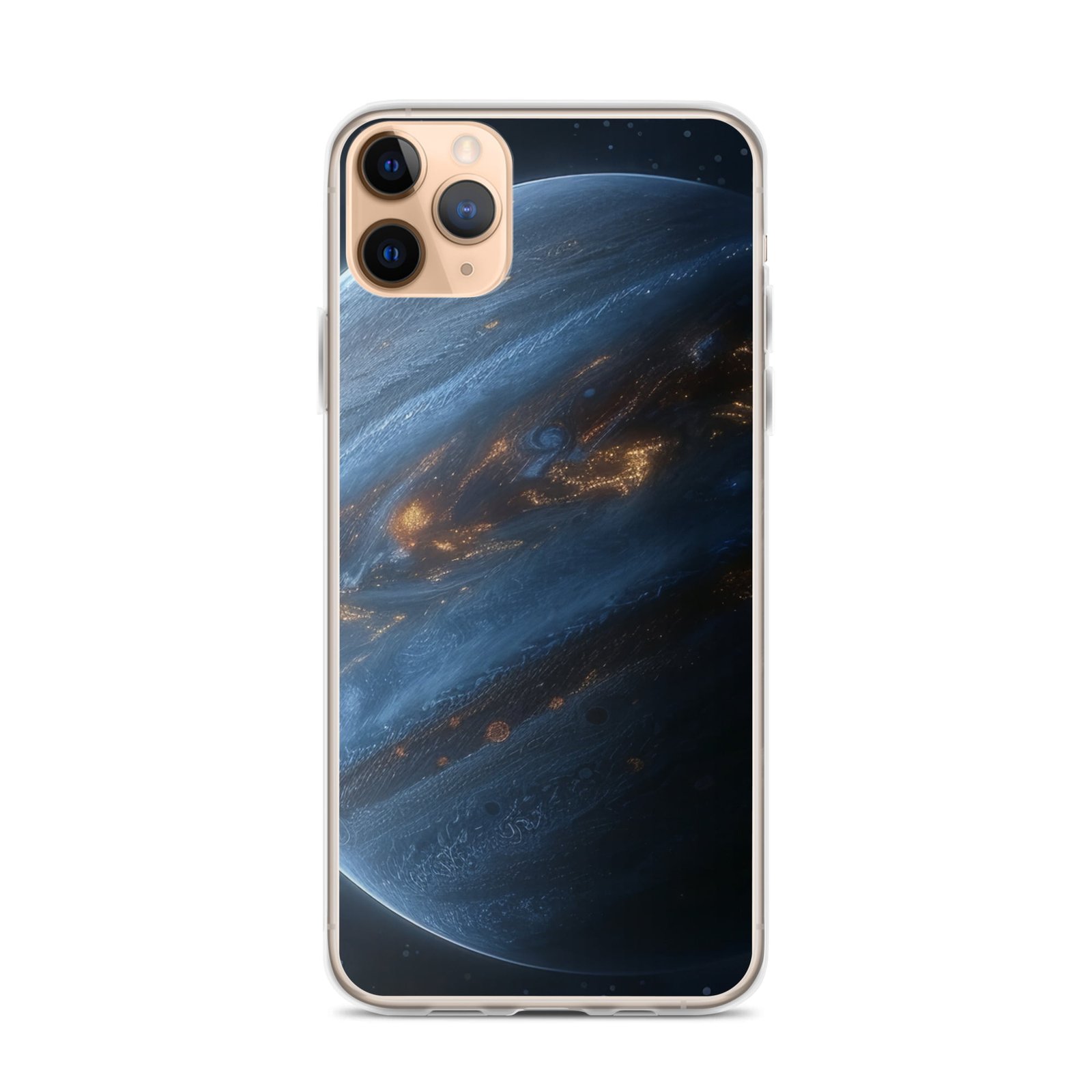White holes are hypothetical astronomical objects that are the opposite of black holes. While black holes are known for their immense gravitational pull, white holes are believed to emit matter and energy. In other words, while black holes are considered to be “vacuum cleaners” of the universe, white holes are thought to be “fountains” that expel matter and energy.
The concept of white holes was first introduced by physicist Igor Novikov in 1964. Novikov proposed that white holes could exist as a result of the collapse of a black hole in a parallel universe. However, the idea of white holes has been met with skepticism and controversy within the scientific community.
Key Takeaways
- White holes are hypothetical objects in space-time that are the opposite of black holes.
- The concept of white holes is based on the mathematical equations of general relativity.
- White holes are different from black holes in that they do not allow matter or energy to enter, only to escape.
- While there is no direct observational evidence for white holes, some scientists believe they could exist in reality.
- The study of white holes could provide insights into the nature of space-time and the laws of physics, but there are also challenges and controversies surrounding the concept.
Theoretical Basis of White Holes: Understanding the Concept
To understand the concept of white holes, it is important to first understand Einstein’s theory of general relativity. According to this theory, gravity is not a force but rather a curvature in the fabric of space-time caused by massive objects. This curvature affects the motion of objects and the passage of time.
Space-time is a four-dimensional continuum that combines three dimensions of space with one dimension of time. It is through this framework that physicists study the behavior of matter and energy in the universe.
The mathematical equations behind white holes are derived from Einstein’s field equations, which describe how matter and energy affect the curvature of space-time. These equations predict the existence of singularities, points where the curvature becomes infinite. Black holes are believed to have singularities at their centers, while white holes are thought to have singularities at their boundaries.
How Are White Holes Different from Black Holes?
Black holes are regions in space where gravity is so strong that nothing, not even light, can escape their gravitational pull. They are formed when massive stars collapse under their own gravity, creating a singularity at their center surrounded by an event horizon.
The event horizon is the boundary beyond which nothing can escape the gravitational pull of a black hole. It is often described as the “point of no return.” Anything that crosses the event horizon is believed to be trapped inside the black hole forever.
White holes, on the other hand, are believed to be the opposite of black holes. Instead of pulling matter and energy in, white holes are thought to expel matter and energy outwards. They are often described as “time-reversed” black holes, where matter and energy are ejected from a singularity at their boundaries.
The main difference between black holes and white holes is their behavior with respect to time. While black holes are known for their ability to trap matter and energy, white holes are believed to be unable to capture anything. Instead, they are thought to emit matter and energy in a continuous stream.
Can White Holes Exist in Reality? Exploring the Possibilities
The existence of white holes is still a topic of debate among scientists. While they are theoretically possible according to Einstein’s theory of general relativity, there are several challenges to their existence.
One challenge is the violation of the second law of thermodynamics. This law states that entropy, or disorder, always increases in a closed system. If white holes were to exist, they would be constantly emitting matter and energy, which would lead to a decrease in entropy. This goes against the fundamental principles of thermodynamics.
Another challenge is the lack of observational evidence for white holes. Despite extensive research and technological advancements, no direct evidence of white holes has been found. This has led some scientists to question whether white holes exist at all or if there are alternative explanations for the phenomena associated with them.
Alternative explanations for white hole phenomena include cosmic jets and quasars. Cosmic jets are powerful streams of particles that are emitted from the vicinity of black holes. Quasars, on the other hand, are extremely bright objects that are thought to be powered by supermassive black holes at the centers of galaxies. These phenomena could potentially explain the observed emissions of matter and energy without the need for white holes.
The Search for White Holes: Observational Evidence and Research
Despite the challenges and controversies surrounding white holes, scientists continue to search for observational evidence and conduct research on these enigmatic objects.
Current research on white holes focuses on studying the behavior of matter and energy near black holes. By observing the emissions of matter and energy from black holes, scientists hope to gain insights into the possible existence of white holes.
Observational evidence for white holes is still limited, but there have been some intriguing findings. For example, in 2013, astronomers discovered a supermassive black hole that was emitting a powerful jet of particles in the opposite direction of its accretion disk. This observation raised the possibility that white holes could exist as the source of these emissions.
The role of technology in white hole research is also crucial. Advances in telescopes, detectors, and other observational instruments have allowed scientists to study black holes and their surroundings in greater detail. These technological advancements have the potential to provide new insights into the existence and behavior of white holes.
The Role of White Holes in the Universe: What Do We Know?

While much about white holes remains unknown, scientists have speculated on their potential impact on the universe.
One potential impact is their relationship with black holes. It has been suggested that white holes could be connected to black holes through wormholes, hypothetical tunnels that connect different regions of space-time. These wormholes could allow matter and energy to pass from a black hole to a white hole or vice versa.
Another potential impact is their role in the formation of galaxies. It has been proposed that white holes could be responsible for the creation of new galaxies by expelling matter and energy into space. This would provide a mechanism for the growth and evolution of galaxies over time.
However, these speculations are still highly theoretical and require further research and observational evidence to be confirmed.
Theoretical Implications of White Holes: Insights into the Nature of Space-Time
The existence of white holes could have profound implications for our understanding of space-time and the laws of physics.
If white holes are proven to exist, it would challenge our current understanding of the second law of thermodynamics. The continuous emission of matter and energy from white holes would suggest that entropy can decrease in certain circumstances, which goes against the fundamental principles of thermodynamics.
The existence of white holes could also lead to new discoveries in physics. It is possible that studying the behavior of matter and energy near white holes could reveal new insights into the nature of space-time and the fundamental forces that govern the universe.
Furthermore, the implications for the future of space exploration are significant. If white holes exist, they could potentially serve as gateways to other regions of space-time, allowing for faster-than-light travel and exploration of distant parts of the universe.
White Holes and the Laws of Physics: Challenges and Controversies
The existence of white holes poses several challenges to the laws of physics as we currently understand them.
One challenge is the violation of causality. White holes are believed to emit matter and energy in a continuous stream, which would imply that information can be transmitted faster than the speed of light. This goes against Einstein’s theory of relativity, which states that nothing can travel faster than light.
Another challenge is the violation of energy conservation. White holes are thought to emit matter and energy without any apparent source. This would imply that energy can be created out of nothing, which contradicts the principle of energy conservation.
These challenges have led to controversy within the scientific community regarding the existence and nature of white holes. Some scientists argue that white holes are purely theoretical constructs that do not exist in reality, while others believe that they could be real astronomical objects that have yet to be observed.
The Future of White Hole Research: New Discoveries and Breakthroughs
The future of white hole research holds the potential for new discoveries and breakthroughs in our understanding of the universe.
Advances in technology, such as more powerful telescopes and detectors, will allow scientists to study black holes and their surroundings in greater detail. This could provide new insights into the behavior of matter and energy near black holes and potentially lead to the discovery of observational evidence for white holes.
International collaboration will also play a crucial role in white hole research. By bringing together scientists from different countries and disciplines, we can pool our resources and expertise to tackle the complex challenges posed by white holes.
Furthermore, new technologies, such as gravitational wave detectors and space-based observatories, could aid in white hole research by providing new ways to observe and study these enigmatic objects.
White Holes in Popular Culture: Science Fiction and Beyond
White holes have captured the imagination of science fiction writers and have been featured in numerous books, movies, and TV shows. They are often portrayed as gateways to other dimensions or as sources of unlimited energy.
The impact of white holes on popular culture goes beyond science fiction. The potential for new discoveries in white hole research to inspire new stories and ideas is significant. As our understanding of the universe evolves, so too will our depictions of white holes in popular culture.
In conclusion, white holes are hypothetical astronomical objects that are believed to emit matter and energy. While their existence is still a topic of debate among scientists, they hold the potential for new discoveries and breakthroughs in our understanding of the universe. The search for observational evidence and research on white holes continues, fueled by advances in technology and international collaboration. Whether or not white holes exist in reality, their theoretical implications and impact on our understanding of space-time and the laws of physics are profound.
If you’re fascinated by the mysteries of the universe, you may also be interested in exploring the concept of white holes. These enigmatic cosmic entities have long been a subject of scientific speculation. To delve deeper into this intriguing topic, check out this thought-provoking article on white holes from The Universe Episodes. Discover whether white holes exist in reality or remain confined to theoretical realms. Read more about the fascinating world of white holes and expand your understanding of the cosmos.
























